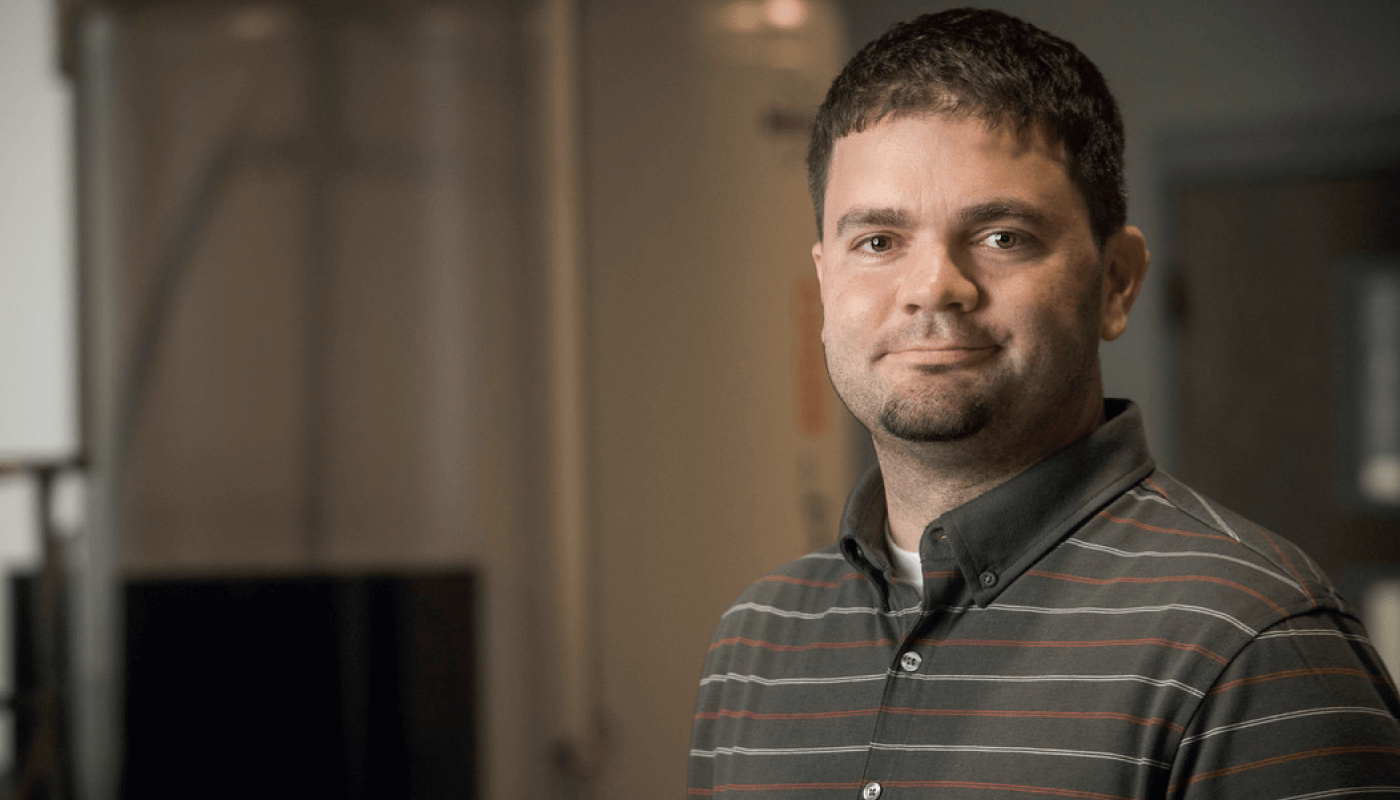The SARS-CoV-2 envelope protein is a small transmembrane protein found in the viral lipid envelope. In other coronaviruses, the envelope plays key roles in viral assembly, morphogenesis, and virus-like particle formation and release. And although the envelope protein is not solely responsible for replication, coronaviruses unable to express it are severely attenuated. In fact, envelope protein inhibition can severely mitigate replication in a number of other coronaviruses – these findings indicate that the envelope protein is a viable target for not only the development of antivirals, but also the generation of attenuated strains of the virus for vaccines.
With this in mind, we set out to analyze the envelope protein and use its structural information to identify small molecules that can impede its function. In doing so, we are focusing on small molecules that are approved for the treatment of other diseases; by repurposing them, we hope to identify novel therapeutic options that are already available – and approved. This will dramatically reduce the time needed to get these treatments to COVID-19 patients.

So how do we obtain the protein information we need? First, we obtain high levels of envelope protein using a bacteriophage T7 expression system. This is subsequently purified using a combination of fast-protein LC and high-performance LC, giving us samples of envelope protein at over 95 percent purity. For our biophysical experiments, we need milligram quantities of the protein.
Nuclear magnetic resonance (NMR) and hydrogen/deuterium exchange MS (HDX-MS) are our methods of choice for probing the secondary and tertiary structures of the envelope protein to identify binding sites for potential small molecule inhibitors. This approach can measure the dynamics of the protein at atomic-level resolution over a range of timescales – and, because it is solution-based, it can measure dynamic events that are inaccessible to alternative methods like X-ray crystallography. If necessary, we believe we could use NMR to solve the high-resolution structure of the entire envelope protein.
Understanding the envelope protein will allow us to generate hypotheses regarding the specific roles it plays in SARS-CoV-2 replication. To aid with this, we are also developing a platform to generate mutant SARS-CoV-2 viruses, which will further our understanding of the envelope protein’s role in the viral life cycle and support our biophysical findings. We plan to complement our NMR studies with hydrogen–deuterium exchange MS, which extends the timescale over which we can extract dynamic information. The Waters COVID Innovation Response Team (of which we are a part) has been crucial in supporting and accelerating our progress both with material supplies, and expert input from Waters consulting scientists has been invaluable.
Overall, we are optimistic about the scientific community’s efforts to provide us with effective treatments and vaccines against COVID-19. The sheer volume of work is encouraging – and, when such a monumental effort is made toward a single goal, we often see results sooner than expected. For example, the Altimmune vaccine developed at the University of Alabama at Birmingham is showing promising preclinical results – as does the vaccine from the UK’S University of Oxford, which appears to induce immunity with relative safety.




